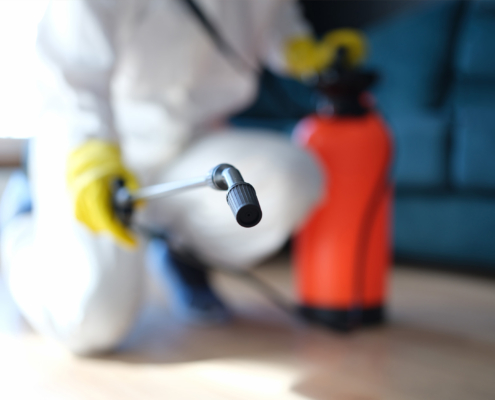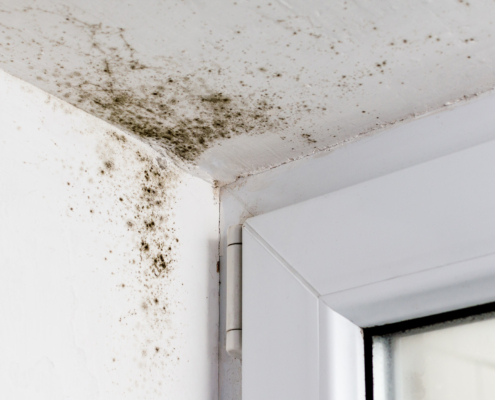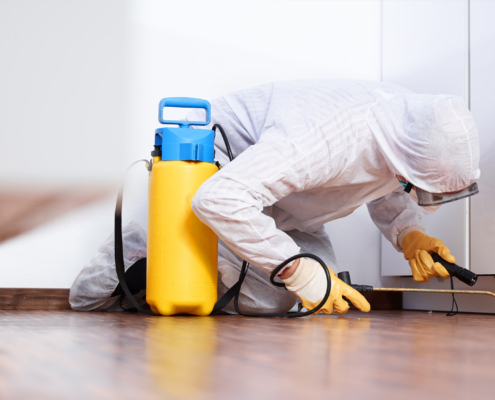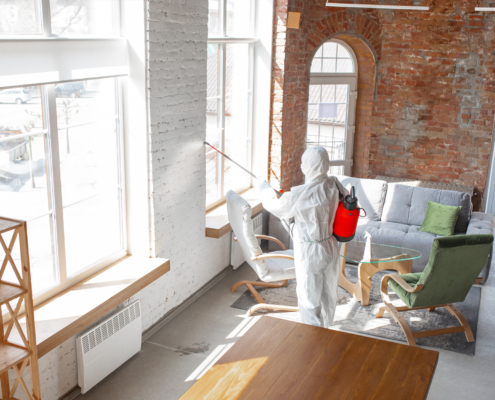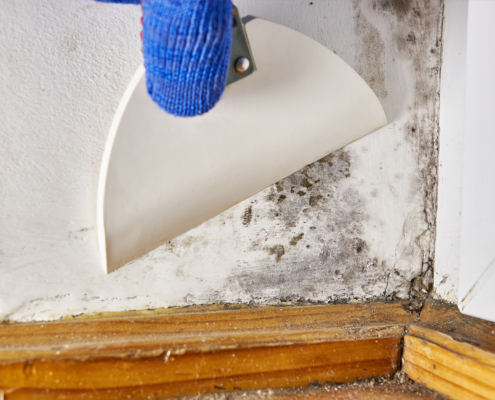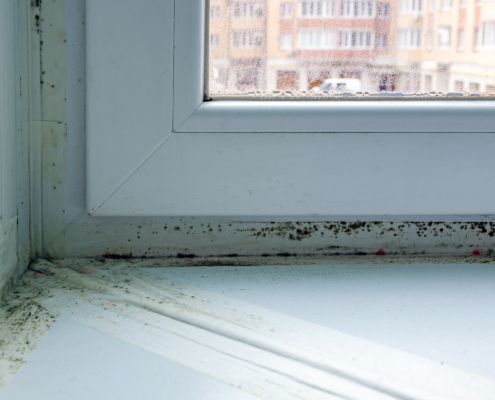 https://aeretusa.com/wp-content/uploads/2024/05/The-Dangers-of-Black-Mold.jpg
1250
2000
Abstrakt MKTG
https://aeretusa.com/wp-content/uploads/2024/05/Aeret_Logo_tagline_Centered_RGB-300x80.jpg
Abstrakt MKTG2024-05-30 08:12:592024-07-26 08:16:57The Dangers of Black Mold
https://aeretusa.com/wp-content/uploads/2024/05/The-Dangers-of-Black-Mold.jpg
1250
2000
Abstrakt MKTG
https://aeretusa.com/wp-content/uploads/2024/05/Aeret_Logo_tagline_Centered_RGB-300x80.jpg
Abstrakt MKTG2024-05-30 08:12:592024-07-26 08:16:57The Dangers of Black MoldA Property Owner’s Guide to Commercial Mold Remediation
Mold is a common problem in commercial buildings, posing a threat to both the health of employees and the integrity of the building. Learn how to recognize the warning signs and take the right steps for professional remediation.
The Danger of Mold Damage
Mold doesn’t need a spa-like environment to thrive. As long as moisture is present, it can establish itself on virtually any organic surface. Commercial buildings are full of potential food sources, from carpets and drywall to ceiling tiles and wooden furniture. While a minor mold patch might escape initial detection, especially in high-traffic areas, neglecting it can snowball into serious health problems for employees and customers.
Mold issues can impact indoor air quality, triggering respiratory issues like allergies, asthma attacks, and even chronic sinus infections. The risks of mold exposure extend beyond human health as well. Left unchecked, mold growth can eat away at building materials, leading to structural damage and costly repairs.
Before exploring the commercial mold remediation process, it’s crucial to understand why it thrives in these environments. Let’s dive in.
Why Is Mold Growth Common in Commercial Buildings?
Commercial buildings can often create ideal breeding grounds for mold. This might seem unlikely at first—after all, wouldn’t constant activity help keep things dry? In reality, how commercial spaces function can contribute to a mold problem.
From the high volume of people generating moisture to the focus on energy efficiency that can sometimes compromise ventilation, several factors unique to commercial environments can create the perfect storm for mold growth.
- Moisture Galore: Leaky pipes, water damage, and even improper drainage around the building can all introduce unwanted moisture. Commercial spaces can also be susceptible to high humidity from activities like cleaning, food preparation, or even the simple act of a large number of people breathing.
- Ventilation Blues: Many commercial buildings can struggle with proper ventilation. Crowded offices, storage rooms with limited air circulation, and even break rooms all create perfect environments for moisture to build up and invite the spread of mold spores.
- Temperature Tango: The constant opening and closing of doors in commercial settings can lead to fluctuations in temperature. This fluctuation creates condensation on surfaces, providing a prime opportunity for mold growth.
- Many Organic Materials: Commercial buildings are full of potential food sources for mold. Carpeting, drywall, ceiling tiles, and even wooden furniture all provide the organic materials that mold needs to establish itself.
Industries Most Vulnerable to Mold Growth
Not all commercial buildings are at equal risk when it comes to mold risk. In reality, certain industries face a higher chance of encountering mold problems. Here’s a closer look at some of the most susceptible:
- Warehouses: Storing a variety of goods can create a microclimate ripe for mold growth. Leaking packages, improper ventilation, and fluctuating temperatures can all contribute to moisture build-up and subsequent mold outbreaks.
- Healthcare Facilities: Hospitals, clinics, and nursing homes require a high level of humidity control for patient comfort and hygiene. Unfortunately, humidity combined with the presence of organic matter like bandages and bodily fluids creates a perfect environment for mold to thrive. Starting the mold removal process quickly is crucial in these settings to safeguard patient health.
- Hospitality Industry: Hotels, motels, and resorts constantly battle fluctuations in temperature and humidity. Condensation combined with the challenge of ensuring proper ventilation in every room can create pockets of moisture ideal for mold growth. The presence of carpets, fabrics, and wooden furniture further increases the risk.
- Food Processing Facilities: Moisture is a fundamental part of food production, making these facilities inherently susceptible to mold issues. Spills, leaks, and improper cleaning practices can all contribute to mold growth. This poses a health risk and also potentially contaminates food products.
Worried about mold in your facility? Contact Aeret today for an inspection and keep your business environment healthy.
How to Identify Common Signs of Mold
Mold growth thrives in the shadows, often going unnoticed until it becomes a more serious problem. However, the key to combating mold lies in early detection. By being able to assess mold growth properly, it’s possible to address the issue before it poses a significant health risk or damages property.
Here’s what to pay attention to at the start of the commercial mold remediation process.
Visible Mold Growth
Visible growth is the most obvious sign of a mold problem, but it’s important to be aware that mold can appear in a variety of ways. Don’t be fooled by thinking mold always looks like fuzzy black patches. Mold growth can manifest as:
- Patches or Discoloration: Look for darkened areas on walls, ceilings, floors, or furniture. These discolorations can vary in size and shape and may have an irregular border.
- Unusual Textures: Mold can feel slimy, bumpy, or even powdery to the touch. Avoid touching any suspicious growth directly, as this can disturb spores and potentially worsen respiratory problems.
- Color Variations: Mold comes in a surprising array of colors, not just black. Be on the lookout for green, brown, white, or even orange mold growth.
Musty Odors
A persistent, unpleasant odor is another telltale sign of mold. This odor is often described as musty, earthy, or similar to wet socks. Noses are a good first line of defense; if a particular area in the building has a persistent unpleasant odor, it’s a good indication that something is wrong.
While other factors can cause unpleasant smells, a musty odor is a red flag that shouldn’t be ignored.
Respiratory Issues
Not everyone experiences symptoms from mold exposure, but some individuals may develop respiratory problems. If employees experience a sudden increase in allergy-like symptoms, such as coughing, wheezing, congestion, or itchy or watery eyes, there may be affected areas in the building.
If these symptoms seem to improve when leaving the building, it’s crucial to investigate the possibility of mold exposure. Early detection can help prevent further health problems.
The Role of Professional Commercial Mold Remediation Services
While the initial signs of mold growth might seem like a DIY project, resist the urge to grab some cleaning supplies and tackle the problem. Mold removal and remediation can be a complex undertaking, and improper handling can actually worsen the situation.
Here’s where certified commercial mold remediation services come in. These experts have the training, experience, and equipment necessary to effectively address mold issues. Some key benefits of hiring professionals include:
- Accurate Identification: Different mold types pose varying health risks, and proper treatment depends on accurate identification. Professionals utilize testing methods to pinpoint specific types of mold, allowing them to develop a targeted remediation plan.
- Safe & Effective Removal: Mold removal requires more than just scrubbing with bleach. Professionals use specialized techniques and equipment to safely contain the mold growth and remove it entirely. They also prioritize the safety of occupants by using proper personal protective equipment and ensuring proper air filtration during the remediation process.
- Long-Term Solutions: While removing the mold itself is crucial, preventing its return is equally important. Commercial mold remediation professionals will identify the underlying moisture source that caused the growth in the first place. They can then implement solutions like improved ventilation systems, dehumidifiers, or leak repairs to prevent future mold outbreaks.
By partnering with a certified commercial mold remediation company, property owners gain peace of mind knowing that their building is in the hands of experts. These professionals will address the immediate problem and ensure a healthy and mold-free environment long-term.
Protect Your Property With Commercial Mold Remediation Services From Aeret Restoration
Early detection and professional intervention are crucial to stopping mold in its tracks and preventing costly problems down the line. At Aeret, we understand the unique challenges that mold presents in commercial settings. Our team is equipped with the expertise and advanced technology to effectively identify, remove, and prevent mold growth in your building.
Contact Aeret Restoration today for commercial mold remediation that keeps your employees breathing easy and your business thriving.

